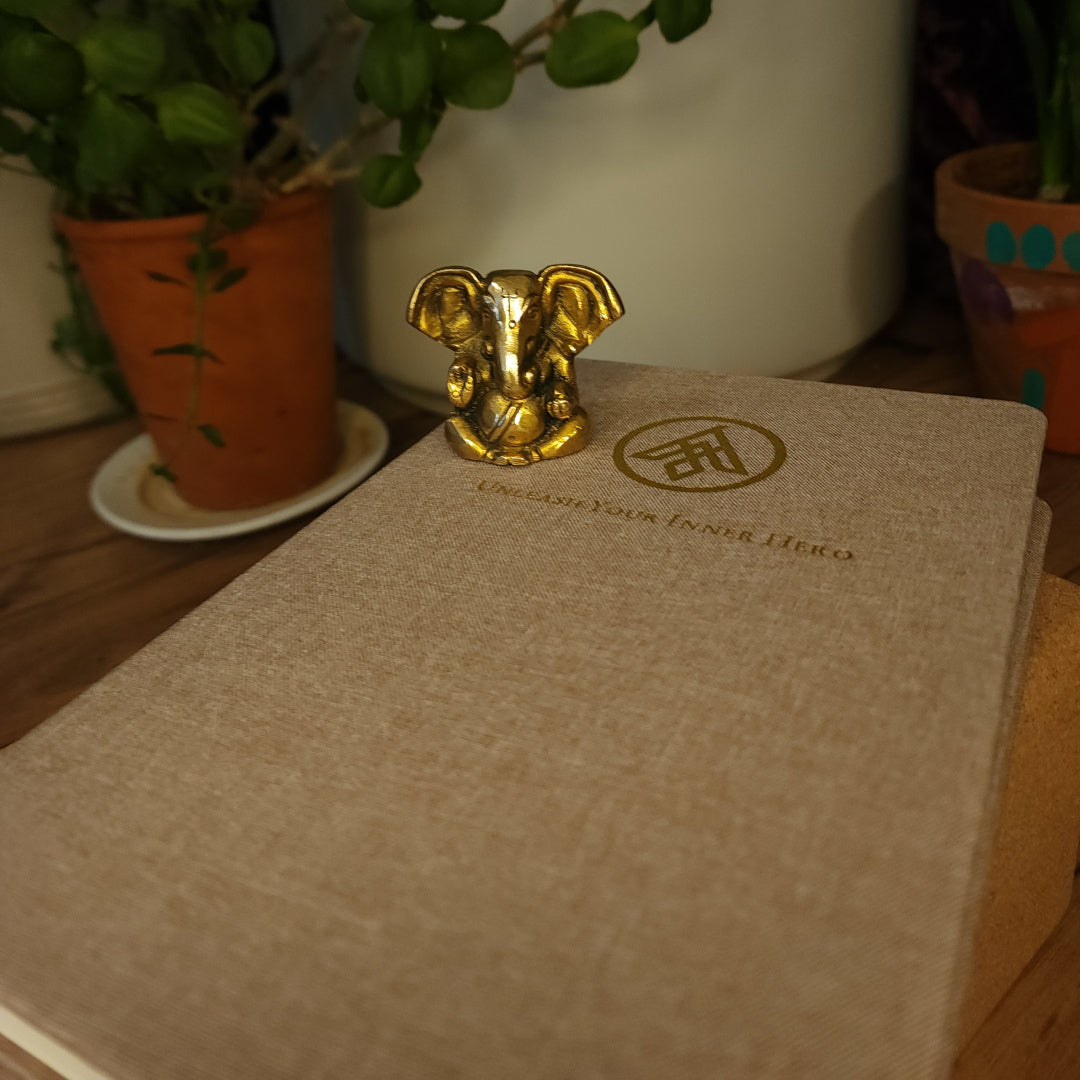Purusa (Pure Consciousness)
Jack UtermoehlShare
Purusa is a Sanskrit term meaning "pure consciousness" or "the eternal self." In yoga and Indian philosophy, purusa represents the unchanging, witnessing aspect of existence, distinct from prakriti (matter or nature).
It is the essence of being, the silent observer that transcends the fluctuations of the mind, body, and material world.
Recognizing purusa as the true self is a central goal in yogic practices aimed at liberation (moksha).
Etymology and Meaning
Sanskrit Spelling: पुरुष
Root Word: "Puru" (filled, full) + "Sha" (dweller, being)
Translation Variations: Pure consciousness, the eternal self, the witness
Pronunciation: Pūruṣa [POO-roo-shah]
Purusa is the eternal, unchanging essence of existence, unaffected by the transient nature of prakriti.
It is the source of awareness and the foundation for all experiences, existing as the silent observer of life’s fluctuations.
Purusa in Yogic Philosophy
In the Sankhya and Yoga philosophies, purusa and prakriti are the two fundamental realities that explain the nature of existence:
Purusa: The eternal, passive observer, representing pure consciousness.
Prakriti: The dynamic, creative force of nature, encompassing all material and mental phenomena.
The interplay between purusa and prakriti is seen as the basis for all experiences, with purusa remaining unchanged while prakriti manifests as the physical and mental world.
Symbolism in Yoga Philosophy
Purusa symbolizes the true self, the eternal essence that exists beyond the ego and the mind. It is the ultimate reality, free from the cycles of birth, death, and rebirth (samsara).
Recognizing purusa is synonymous with achieving kaivalya (absolute freedom) or moksha (liberation).
Jewelry Designed for Your Practice
We created this collection to honor the wisdom and beauty of yoga. Each piece is crafted with intention to support your journey, on and off the mat.
Practical Application
In Yoga and Meditation
- Practice mindfulness to observe thoughts and emotions without identifying with them, aligning with the witnessing nature of purusa.
- Engage in deep meditation to connect with the silent awareness that underlies all experiences.
In Daily Life
- Recognize the transient nature of worldly events and find stability in the unchanging awareness of purusa.
- Cultivate detachment from outcomes by observing life’s fluctuations with equanimity.
Quotes and Wisdom
"Purusa is the eternal witness, untouched by the drama of existence."
"True freedom arises when we rest in the awareness of purusa, beyond the grasp of the material world."
Modern Relevance
Purusa offers relevance in modern life, where distractions and attachments often obscure one’s true nature.
By reconnecting with the unchanging awareness of purusa, individuals can cultivate inner peace, clarity, and resilience. This perspective fosters a sense of stability and freedom, even amidst life’s challenges.
Related Concepts
Prakriti: Matter or nature, the dynamic counterpart to purusa in Sankhya philosophy.
Kaivalya: Absolute freedom, achieved by realizing the separation of purusa from prakriti.
How to Realize Purusa
Mindset: Cultivate self-awareness and non-attachment to align with the eternal aspect of your being.
Actions: Dedicate time to meditation, self-inquiry, and mindfulness practices that foster connection with the witness.
Reflection: Observe moments of stillness and awareness, deepening your understanding of purusa as the essence of self.
Suggested Reading
- The Yoga Sutras of Patanjali
- The Bhagavad Gita
- Samkhya Karika
Conclusion
Purusa represents pure consciousness, the unchanging essence of existence and the eternal witness to life’s fluctuations.
By recognizing purusa as the true self, practitioners can transcend the limitations of the material world and experience profound liberation and peace.







